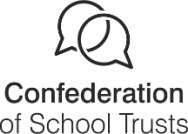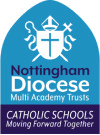In this first branch of our religious teaching, we hear how God made our beautiful world and everything in it, including us.
We learn that the Bible is a special book and hear that when God created the world He said: “Indeed it is very good.” — Genesis 1:31
We hear how the whole of creation shows God’s love for us in Laudato Si’ 84–88.
We hear and practise the words and actions of the sign of the cross throughout the day: In the name of the Father, and of the Son, and of the Holy Spirit. Amen.
The children come to believe that God is love, that He made each one of us and loves each one of us as a unique person.
God loves us and we are part of His family.
God tells us that we must take good care of all of creation. We are to be stewards of creation — it is an extremely important job.
We celebrate God’s family and recall how we entered it through Baptism.
We give thanks to God by reflecting on creation and responding to its glory through: art, drama, dance, music, meditation, and prayer.
We learn to live out our faith by loving ourselves, our family, God’s world, and others.
We learn through Catholic Social Teaching about the Dignity of the Human Person: that God made each one of us and each one of us is special. We must treat others in a caring way because God made them too.





